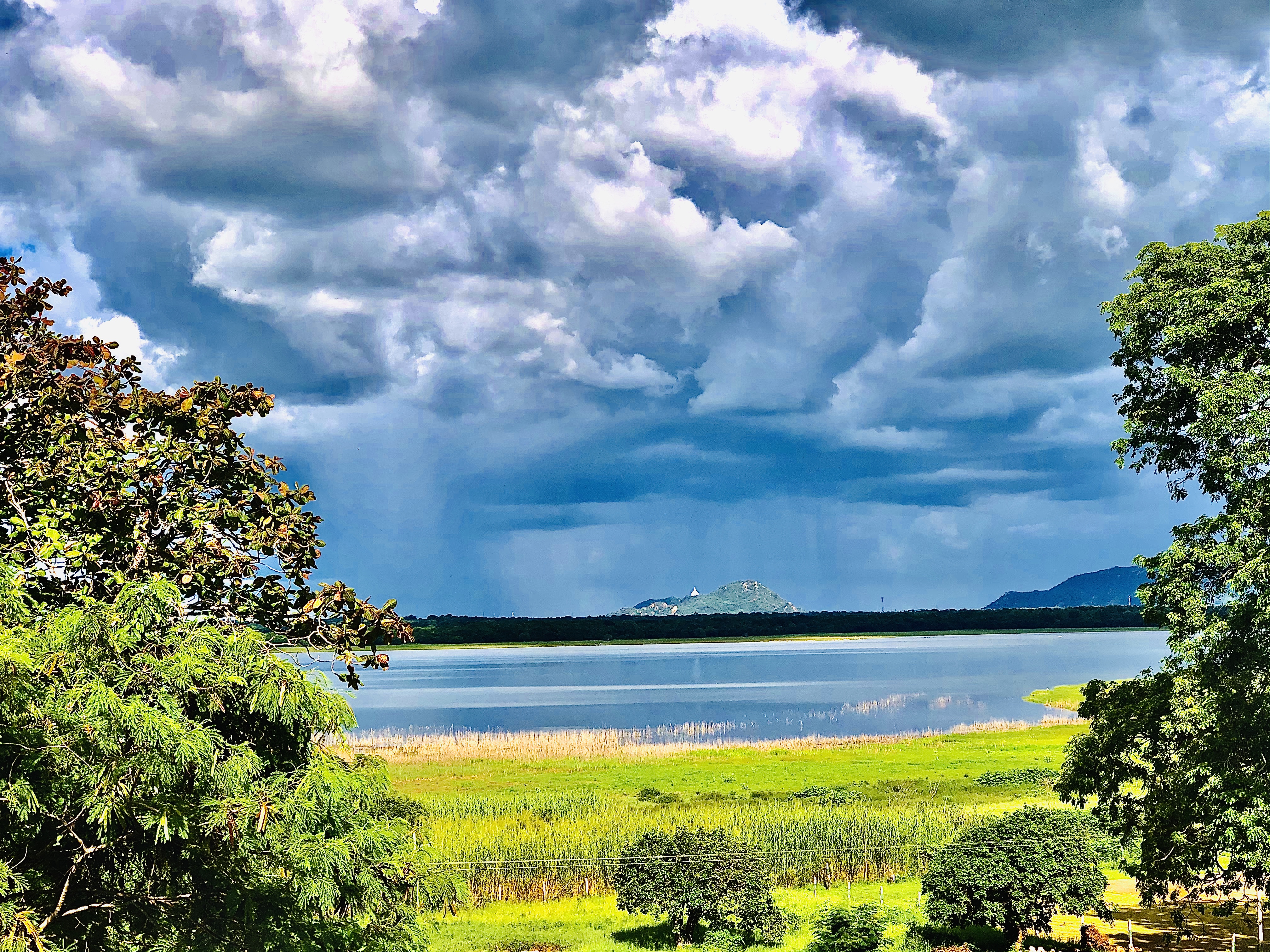|
Irrigation Works In Ancient Sri Lanka
irrigation works in ancient Sri Lanka, the earliest dating from about 300 BCE, in the reign of King Pandukabhaya and under continuous development for the next thousand years, were some of the most complex irrigation systems of the ancient world. In addition to constructing underground canals, the Sinhalese were among the first to build completely artificial reservoirs to store water. The system was extensively restored and further extended during the reign of King Parākramabāhu (1153–1186 CE). According to Sri Lankan history, the first tank was built by King Pandukabhaya, who reigned from 437 to 367 BC. It is said that he had three tanks built, namely ''Abhaya wewa'', ''Gamini wewa'', and ''Jaya wewa'', yet, presently, only one tank named ''Basawakkulama wewa'', which is known as the Abhaya wewa in the past, can be identified. After King Pandukabhaya, King Parakramabahu I had many tanks built, with one large tank called ''Parakrama samudraya'' still providing water for agri ... [...More Info...] [...Related Items...] OR: [Wikipedia] [Google] [Baidu] |
Parākramabāhu
Parākramabāhu I ( Sinhala: මහා පරාක්රමබාහු, 1123–1186), or Parakramabahu the Great, was the king of Polonnaruwa from 1153 to 1186. He oversaw the expansion and beautification of his capital, constructed extensive irrigation systems, reorganised the country's army, reformed Buddhist practices, encouraged the arts and undertook military campaigns in South India and Burma. The adage "Not even a little water that comes from the rain must not flow into the ocean without being made useful to man" is one of his most famous utterances. In 1140, Parakramabahu following the death of his uncle, Kitti Sri Megha, Prince of Dakkinadesa, ascended the throne of Dakkhinadesa. Over the next decade, improved both Dakkhinadesi infrastructure and military. Following a protracted civil war, he secured power over the entire island around 1153 and remained in this position until his death in 1186. During Parākramabāhu's reign, he launched a punitive campaign against t ... [...More Info...] [...Related Items...] OR: [Wikipedia] [Google] [Baidu] |
Economic History Of Sri Lanka
The free-market economy of Sri Lanka was worth $84 billion by nominal gross domestic product (GDP) in 2019 and $296.959 billion by purchasing power parity (PPP). The country had experienced an annual growth of 6.4 percent from 2003 to 2012, well above its regional peers. This growth was driven by the growth of non-tradable sectors, which the World Bank warned to be both unsustainable and unequitable. Growth has slowed since then. In 2019 with an income per capita of 13,620 PPP Dollars or 3,852 (2019) nominal US dollars, Sri Lanka was re-classified as a lower middle income nation by the World Bank from a previous upper middle income status. Sri Lanka has met the Millennium Development Goal (MDG) target of halving extreme poverty and is on track to meet most of the other MDGs, outperforming other South Asian countries. Sri Lanka's poverty headcount index was 4.1% by 2016. Since the end of the three-decade-long Sri Lankan Civil War, Sri Lanka has begun focusing on long-term strategi ... [...More Info...] [...Related Items...] OR: [Wikipedia] [Google] [Baidu] |
Tank Cascade System
The tank cascade system, or ''wewa-ellangava'' system, is an ancient Sri Lankan irrigation infrastructure. The system is a network of small tanks draining to large reservoirs that store rainwater and surface runoff for later use. Originating in the 1st millennium BCE, the system was designated a Globally Important Agricultural Heritage System by the United Nations Food and Agriculture Organization in 2017. Centralized bureaucratic management of large-scale systems was implemented from the 3rd to the 13th centuries. Geography The tank cascade system is largely located in the semi-arid north-central section of the island, which experiences equatorial heat, limited freshwater, and erratic rainfall patterns. Minimal groundwater storage capacity, high evaporation, and low or variable precipitation thanks to the monsoon cycle "in this hard rock region meant that no stable human settlement would have been possible without recourse to the storage of surface water in small tanks." Gra ... [...More Info...] [...Related Items...] OR: [Wikipedia] [Google] [Baidu] |
Irrigation And Water Management
Irrigation (also referred to as watering) is the practice of applying controlled amounts of water to land to help grow crops, landscape plants, and lawns. Irrigation has been a key aspect of agriculture for over 5,000 years and has been developed by many cultures around the world. Irrigation helps to grow crops, maintain landscapes, and revegetate disturbed soils in dry areas and during times of below-average rainfall. In addition to these uses, irrigation is also employed to protect crops from frost, suppress weed growth in grain fields, and prevent soil consolidation. It is also used to cool livestock, reduce dust, dispose of sewage, and support mining operations. Drainage, which involves the removal of surface and sub-surface water from a given location, is often studied in conjunction with irrigation. There are several methods of irrigation that differ in how water is supplied to plants. Surface irrigation, also known as gravity irrigation, is the oldest form of irrigation ... [...More Info...] [...Related Items...] OR: [Wikipedia] [Google] [Baidu] |




